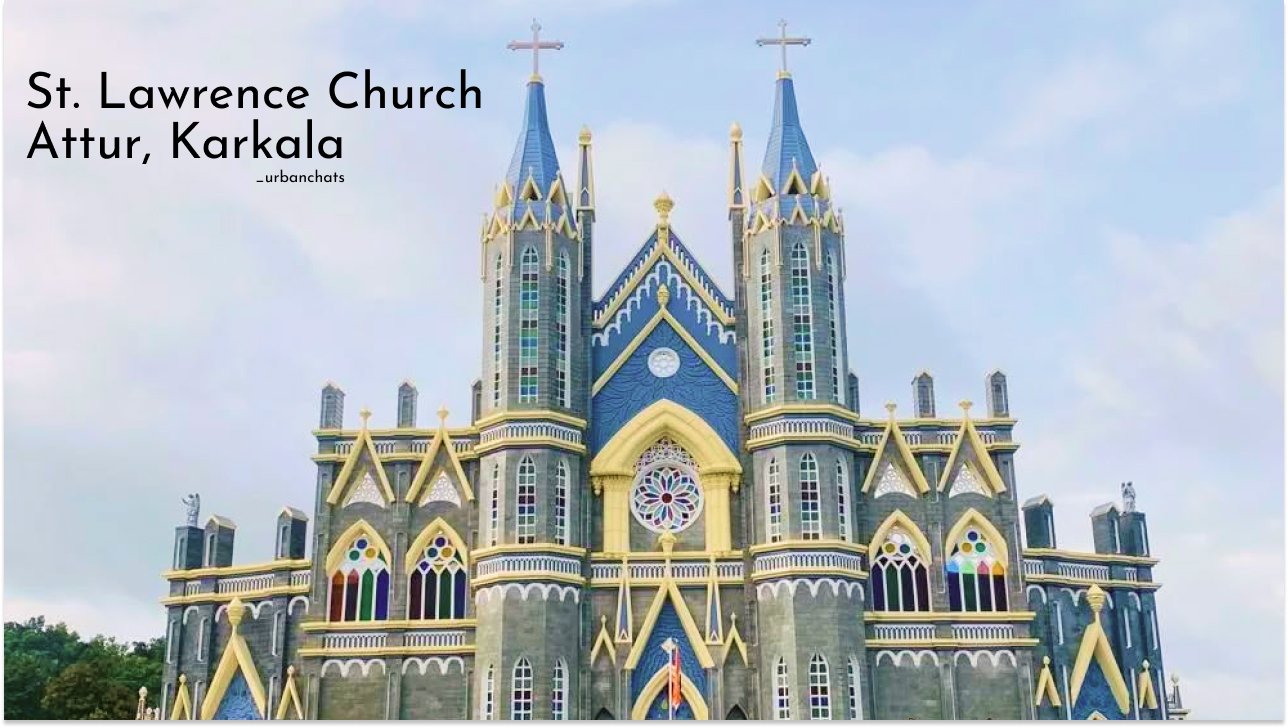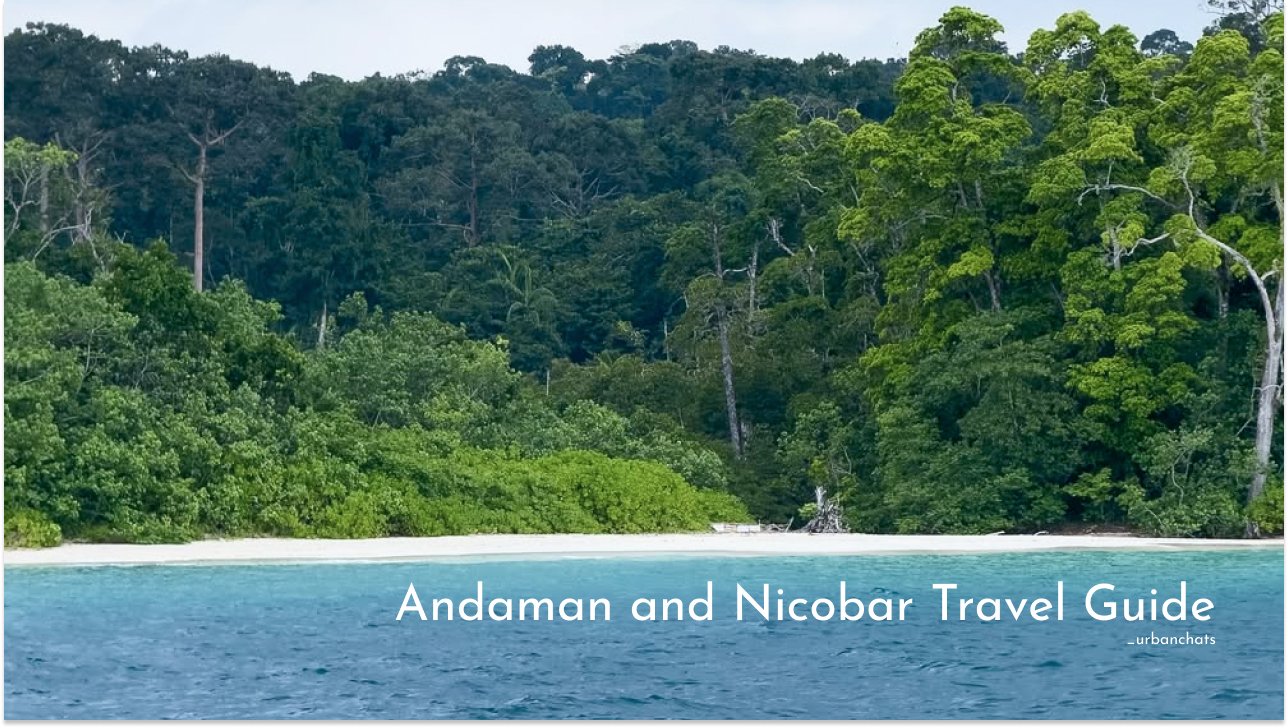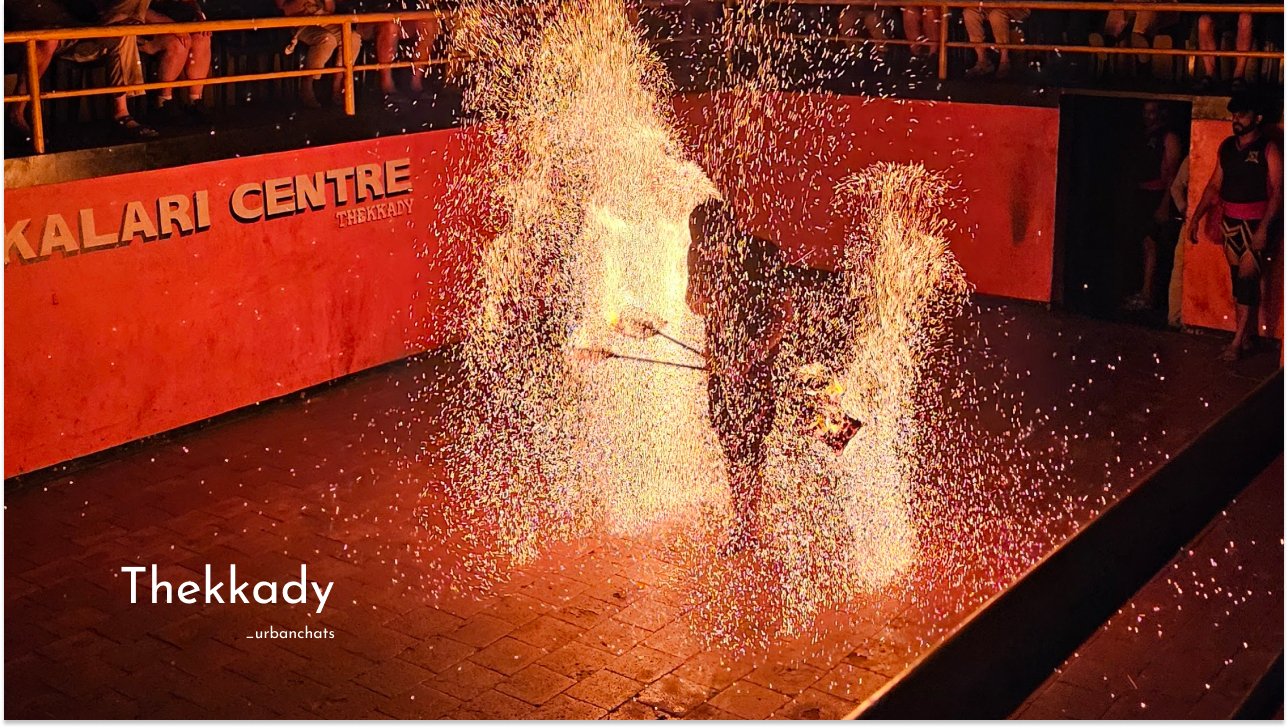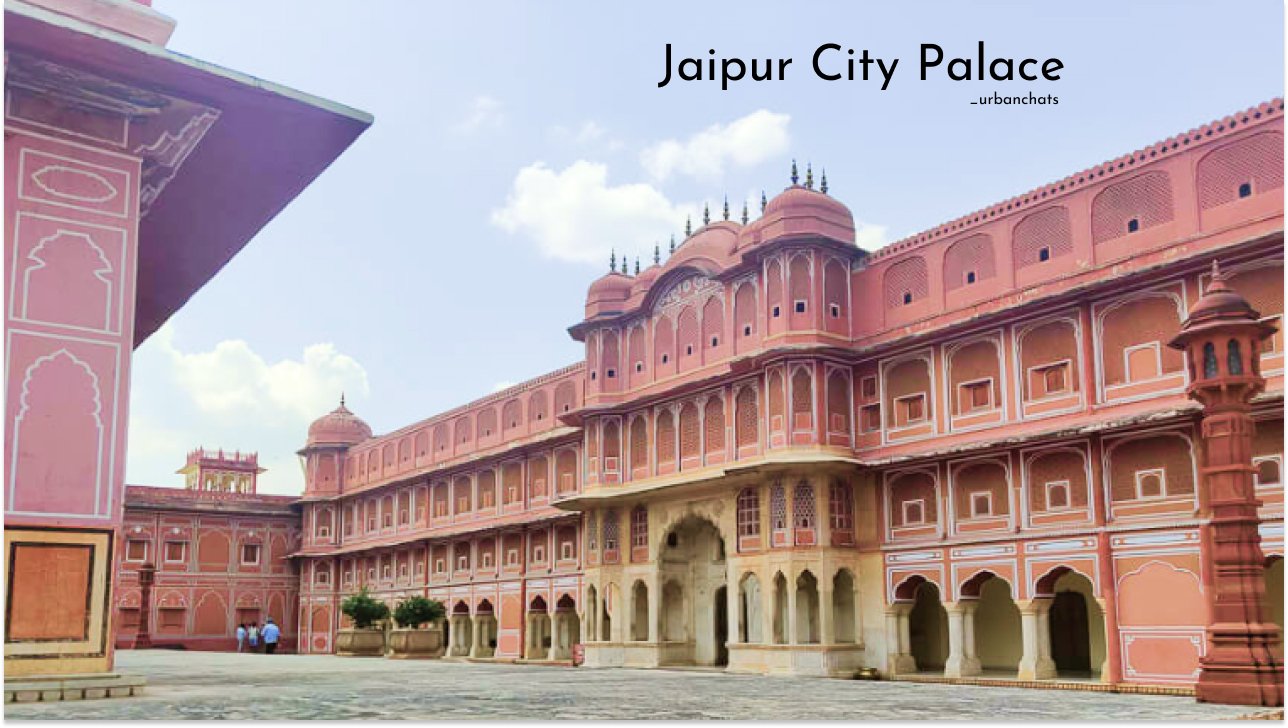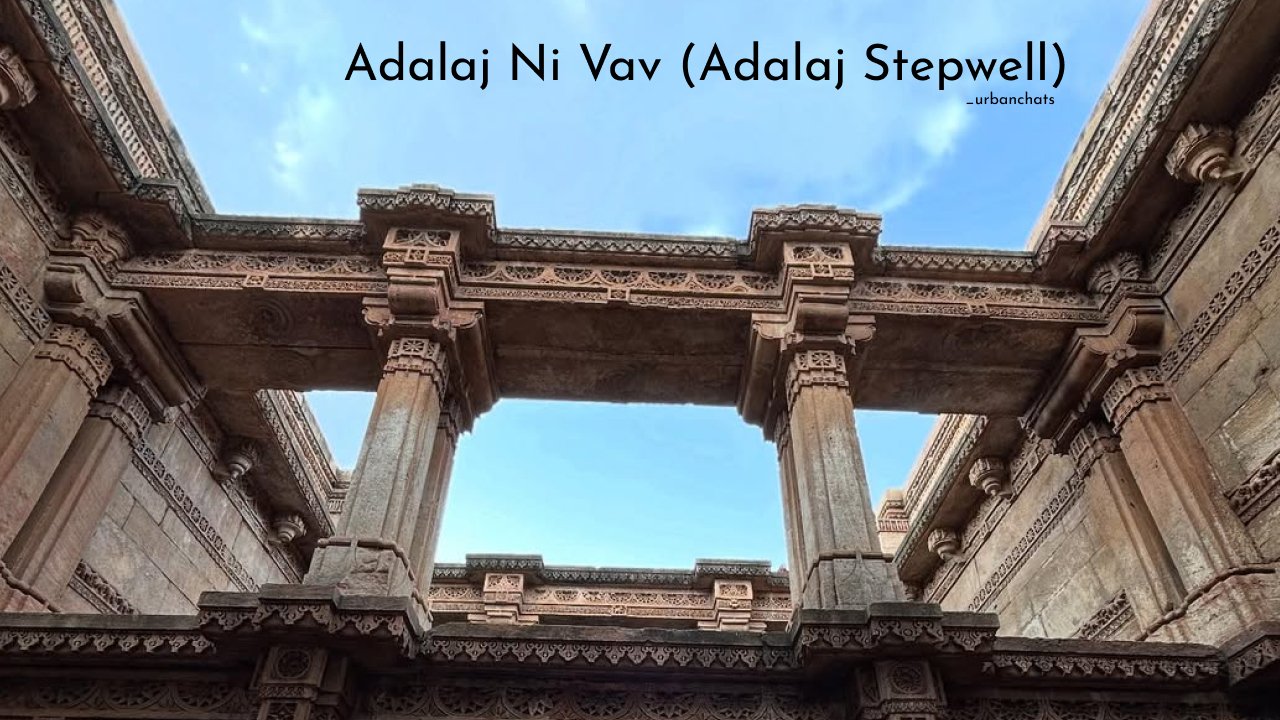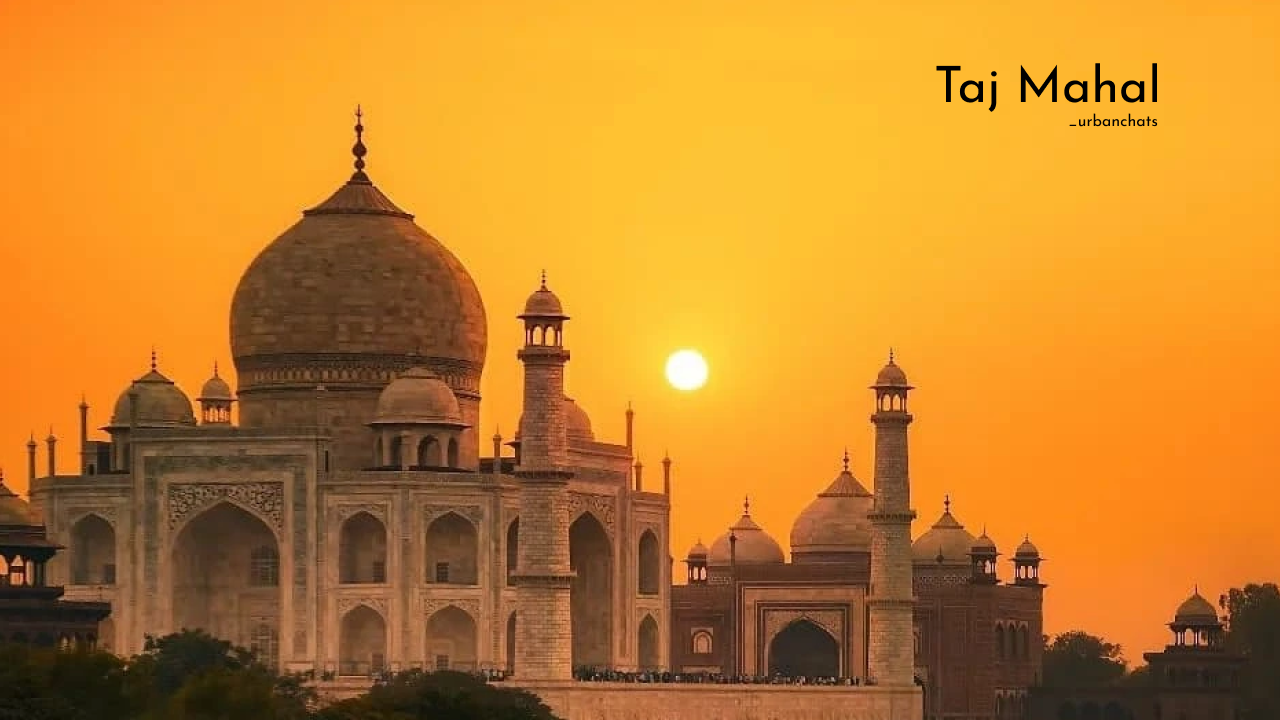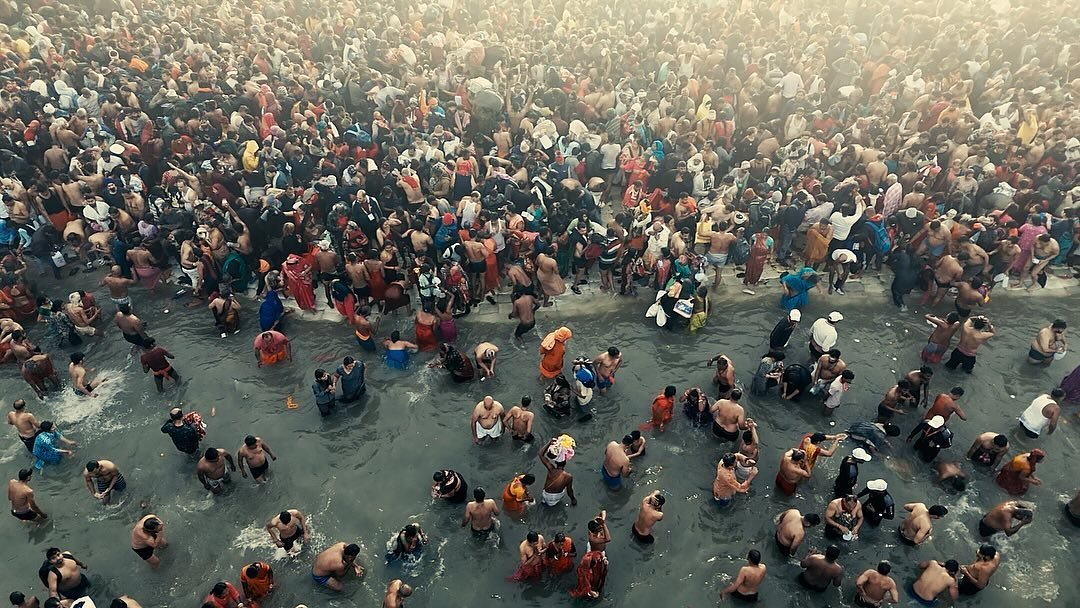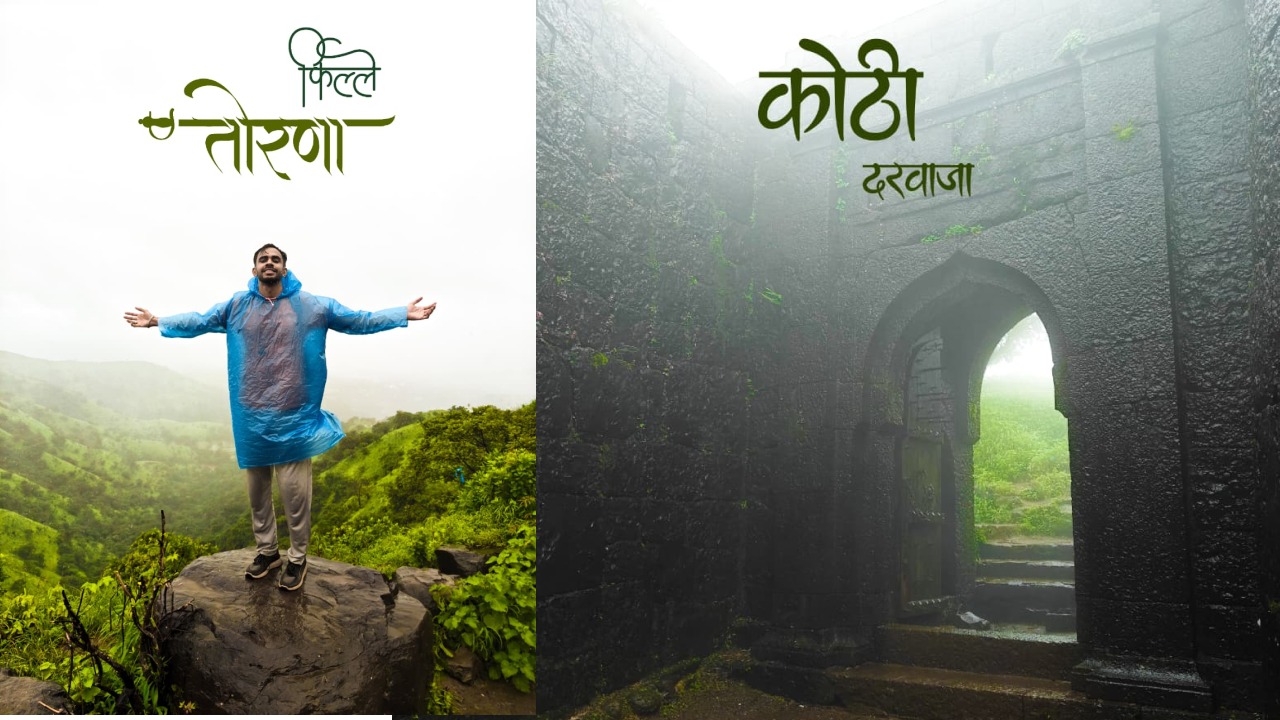Majestic Gateway of India

The Gateway of India is a grand archway located in Mumbai, India. It was built to commemorate the visit of King George V and Queen Mary to Mumbai in 1911. The monument was designed by British architect George Wittet and completed in 1924.
The archway is made of yellow basalt and concrete, and it stands 26 meters tall. The Gateway of India overlooks the Arabian Sea and is located in the Apollo Bunder area of Mumbai. It is often considered the “face of Mumbai” and is one of the city’s most famous landmarks.
The Gateway of India has played an important role in Indian history. It was the point of departure for the last British troops to leave India in 1948, marking the end of British colonial rule in India. The monument is also the site of numerous public events and ceremonies, including the annual Independence Day celebrations.
Today, the Gateway of India is a popular tourist attraction and a gathering spot for locals and visitors alike. It is also the starting point for boat tours to the nearby Elephanta Caves, a UNESCO World Heritage Site. The archway is illuminated at night and offers a spectacular view of the Mumbai skyline.
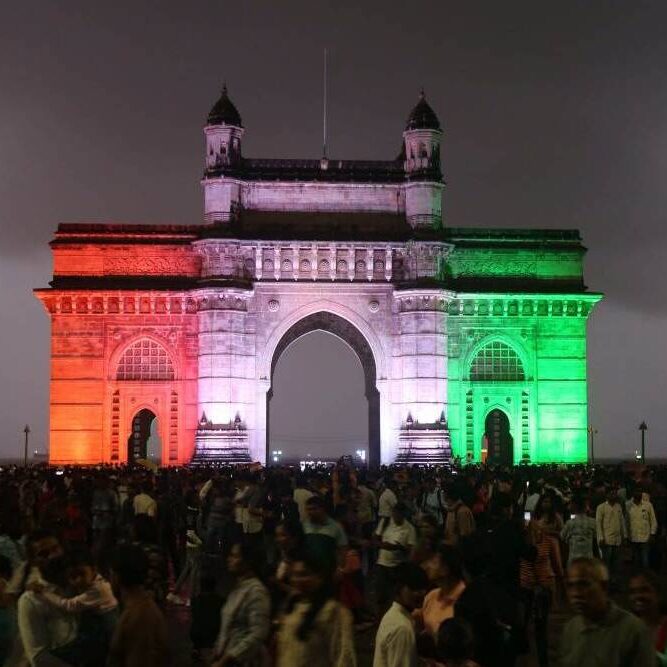
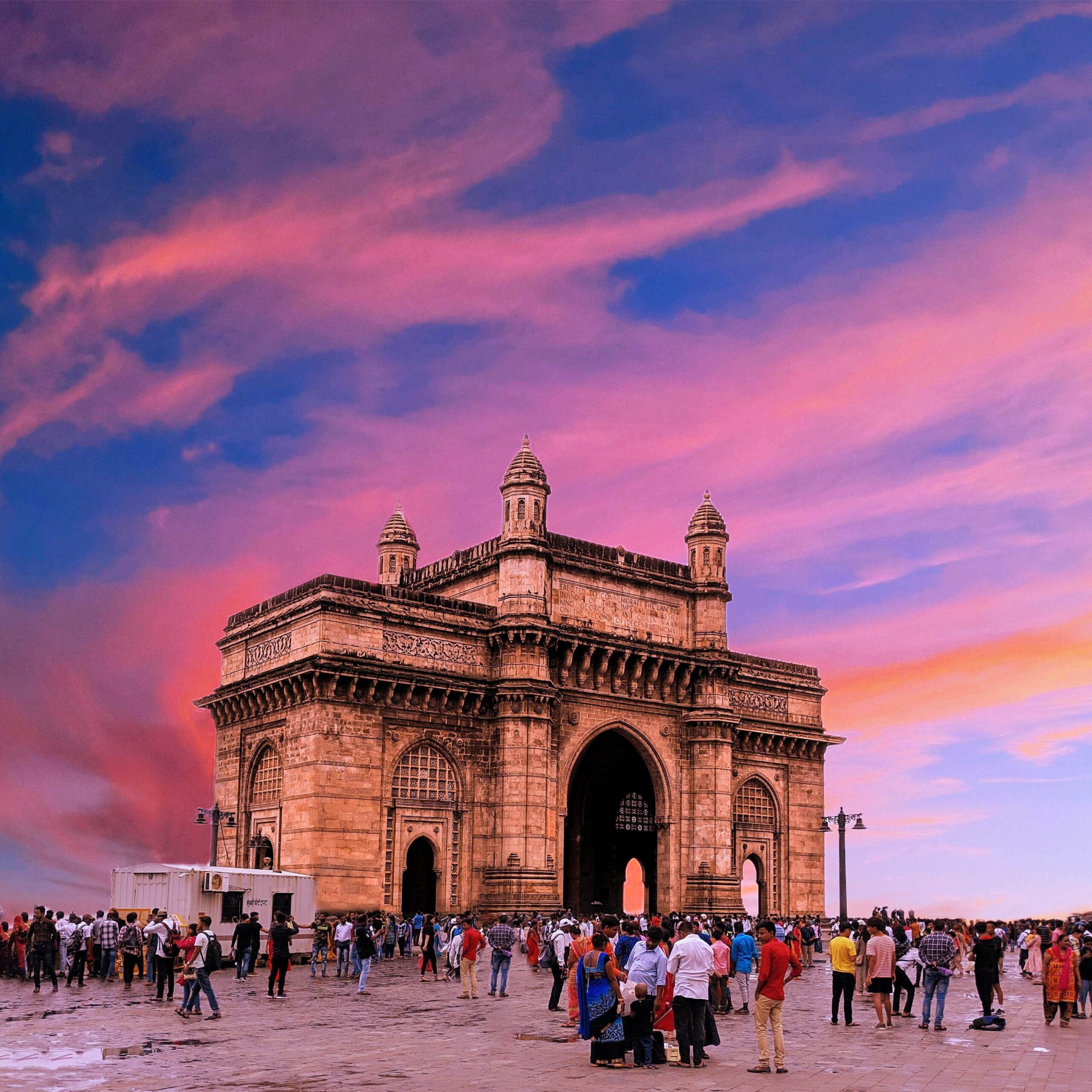
History
The Gateway of India is an iconic monument located in Mumbai, India. It is a symbol of the city’s rich history and cultural heritage, and it has played an important role in India’s struggle for independence from British colonial rule.
Construction of the Gateway of India began in 1911 and was completed in 1924. The monument was designed by British architect George Wittet and was built to commemorate the visit of King George V and Queen Mary to Mumbai in 1911. The archway was strategically placed on the waterfront of Mumbai’s Apollo Bunder area, providing a ceremonial entrance to the city and a symbol of the British Raj.
The Gateway of India is a grand archway made of yellow basalt and concrete. It stands 26 meters tall and has four turrets with intricate latticework carved into its stone. The monument’s design reflects the architectural styles of the Hindu and Muslim cultures in India, with elements of both cultures incorporated into its structure.
The Gateway of India has played an important role in Indian history. It was the site of the landing of the first British troops in India in 1919. The monument was also the focal point of the Quit India movement in 1942, when protesters gathered around it to demand India’s independence from British colonial rule. The last British troops to leave India after independence in 1947 departed through the Gateway of India, marking the end of British colonial rule in India.
After India gained independence in 1947, the Gateway of India became a symbol of India’s freedom struggle. The monument is a reminder of the country’s struggle for independence and the sacrifices made by the Indian people to achieve their freedom.
Today, the Gateway of India is a popular tourist attraction and a must-visit destination for anyone visiting Mumbai. The monument is illuminated at night, offering a spectacular view of the Mumbai skyline. The area around the Gateway of India is a bustling hub of activity, with street vendors selling souvenirs and local delicacies.
In recent years, the India Gate has undergone significant renovations and restorations to maintain its historical and cultural significance. The monument is now protected by the Archaeological Survey of India and is classified as a Grade I heritage structure.
The Gateway of India has become an integral part of Mumbai’s identity and is considered the “face of Mumbai”. It is a symbol of the city’s resilience, strength, and determination. The monument stands as a testament to India’s rich history and the enduring spirit of its people.
In conclusion, the Gateway of India is a grand archway that stands as a symbol of Mumbai’s history and cultural heritage. The monument’s design reflects the architectural styles of the Hindu and Muslim cultures in India, and it has played an important role in India’s struggle for independence from British colonial rule. Today, the Gateway of India is a popular tourist attraction and a must-visit destination for anyone visiting Mumbai. The monument’s historical and cultural significance continues to inspire and unite the people of India, serving as a reminder of the country’s rich past and bright future.
Nearby Attractions
There are several nearby attractions that visitors to the Gateway of India can explore. Some of the popular nearby attractions include:
- Elephanta Caves: The Elephanta Caves are a UNESCO World Heritage Site located on Elephanta Island, just a short boat ride away from the Gateway of India. The caves are known for their ancient rock-cut temples and sculptures, which date back to the 5th century.
- Colaba Causeway: Colaba Causeway is a bustling street market located near the Gateway of India. Visitors can find a variety of goods, including clothing, jewelry, souvenirs, and street food.
- Chhatrapati Shivaji Maharaj Vastu Sangrahalaya: Formerly known as the Prince of Wales Museum, this museum is located just a short walk from the Gateway of India. It houses a vast collection of art and artifacts, including Indian miniature paintings, ancient sculptures, and rare coins.
- Marine Drive: Marine Drive is a popular promenade located along the coast of Mumbai. It offers stunning views of the Arabian Sea and is a great place to relax and take a walk.
- Haji Ali Dargah: The Haji Ali Dargah is a mosque and tomb located on an islet off the coast of Mumbai. Visitors can reach the mosque by walking across a causeway during low tide.
- Jehangir Art Gallery: The Jehangir Art Gallery is a popular art gallery located near the Gateway of India. It showcases a variety of contemporary Indian art and hosts regular exhibitions and events.
- Crawford Market: Crawford Market is a bustling market located in the heart of Mumbai. Visitors can find a variety of goods, including fresh produce, spices, and souvenirs.
- Mani Bhavan: Mani Bhavan is a museum dedicated to the life and work of Mahatma Gandhi, located just a short distance from the Gateway of India. The museum includes exhibits on Gandhi’s life, including his personal belongings and photographs.
- Chor Bazaar: Chor Bazaar is a famous flea market located in South Mumbai. Visitors can find a variety of goods, including antiques, furniture, and electronics.
- Sanjay Gandhi National Park: The Sanjay Gandhi National Park is a sprawling national park located on the outskirts of Mumbai. It offers a variety of outdoor activities, including hiking, trekking, and wildlife spotting.
- Bandra-Worli Sea Link: The Bandra-Worli Sea Link is a cable-stayed bridge that spans the Arabian Sea, connecting the western suburbs of Mumbai to South Mumbai. It offers stunning views of the Mumbai skyline.
- Nehru Science Centre: The Nehru Science Centre is a science museum located in Worli, Mumbai. It includes a variety of interactive exhibits and activities for visitors of all ages.
Overall, Mumbai offers a wide range of attractions and activities, from historical landmarks to bustling markets to scenic outdoor areas. Visitors to the Gateway of India will find no shortage of things to see and do in this vibrant and diverse city.
Looking for informative blogs on agriculture? Visit www.krushimantri.com for the latest news, updates, and insights on farming and agriculture.
If you’re a travel enthusiast, be sure to check out www.urbanchats.com for fascinating stories, travel guides, and tips to plan your next adventure.
Stay up-to-date on the latest trends, innovations, and news in the digital world by visiting Digital news. Your go-to source for all things digital.
